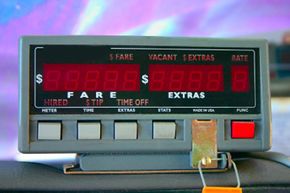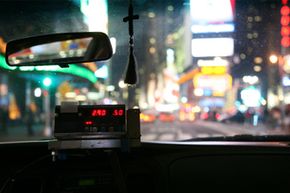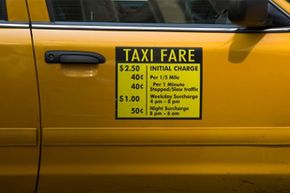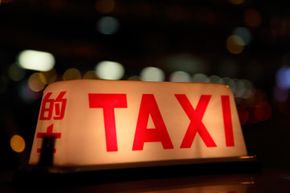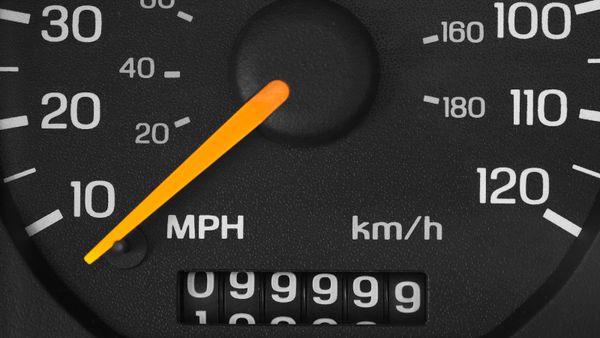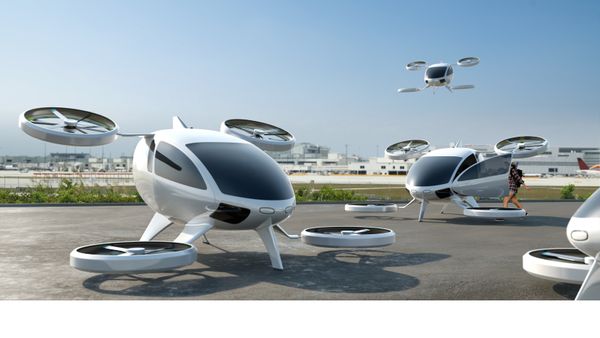If you live in an urban area and frequently use a taxi, you know that dealing with taxi cabs means dealing with a lot of variables. Every time you enter a cab, you have to wonder if the driver will be safe, chatty, and most importantly, know the best route. As anyone who's ever tried to hail a cab in the rain can tell you, traveling by taxi can sometimes feel like a crapshoot.
But, with all the variables you expect to encounter in a cab, one that most people don't give a thought to is the taxi meter. That little box next to the driver is supposed to be an impartial arbiter of time, distance and cost — making sure that neither you nor the driver gets ripped off. Most cab riders rely on the meter to determine the fare but don't give a thought to how the meter actually works.
Advertisement
Understanding how taxi meters work can help put your mind at ease when you take a cab. That's especially true if you travel to cities that you're unfamiliar with. When you travel, a cab driver can be an impromptu tour guide, taking you to local spots the guide books and most tourists miss. On the other hand, travelers can also feel at the mercy of a cab driver. Knowing how a taxi meter and taxi fares work can help you be your own advocate to make sure that you and the taxi cab driver are treated fairly. Plus, if you know how a taxi meter works, you'll have a nice nugget of information to get a conversation with your driver rolling.
Keep reading to learn how a taxi meter determines your cab fare.
Advertisement
